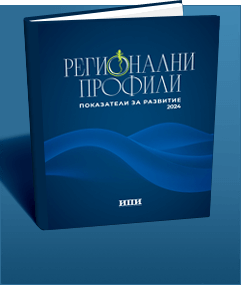Two options for a regional minimum wage
A few weeks ago, we looked at several alternatives to this year's minimum wage formula. We have demonstrated that it is possible to calculate the minimum wage, based on objective indicators of price dynamics, economic growth and labor market development, which avoids the problems that arise from its direct association with the average.

